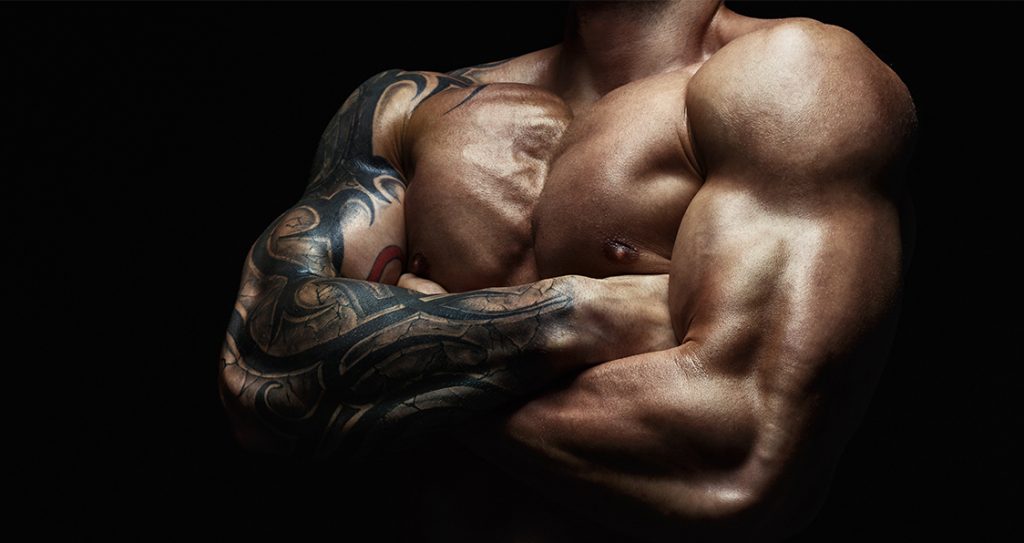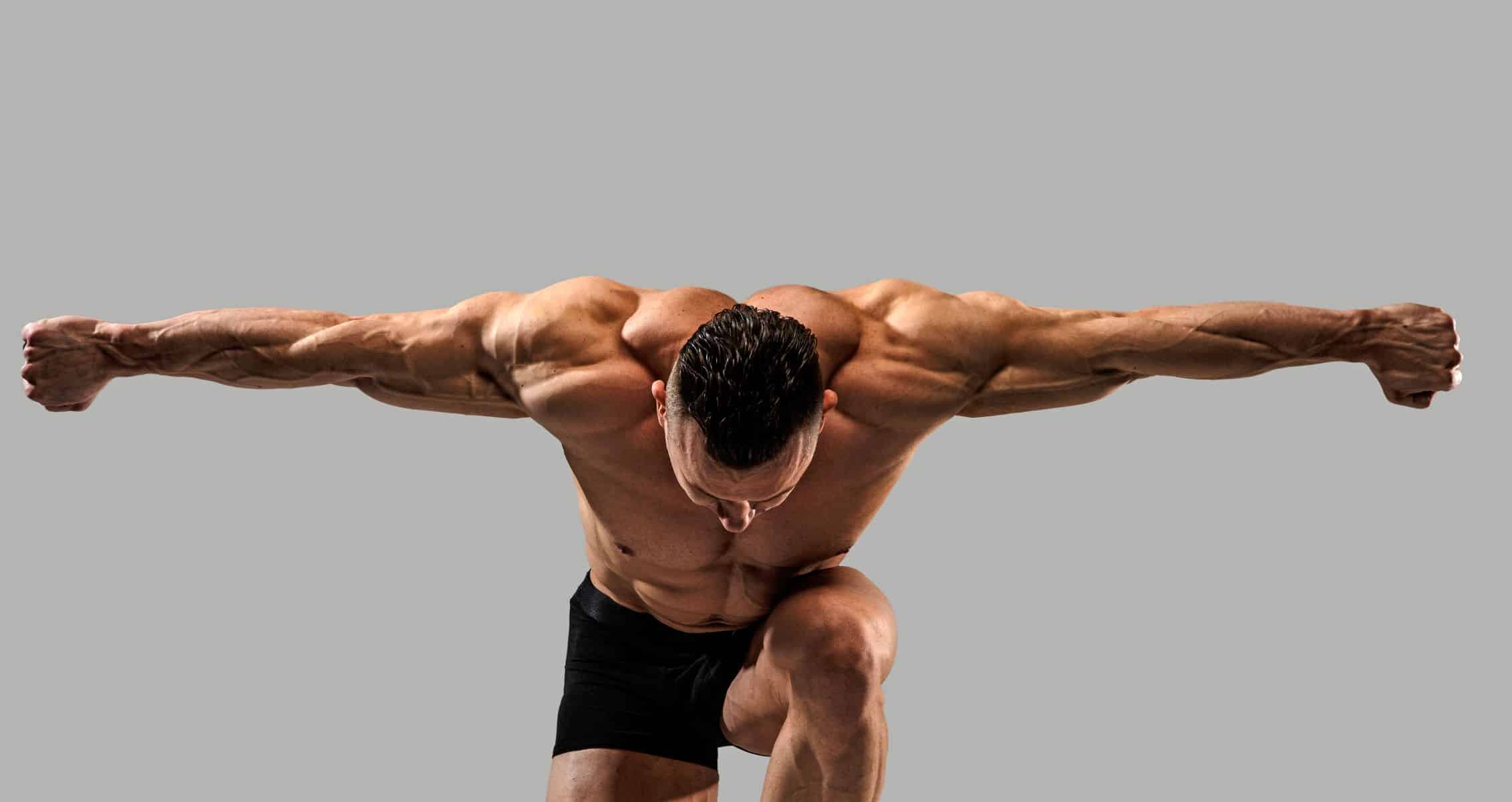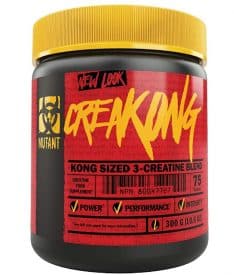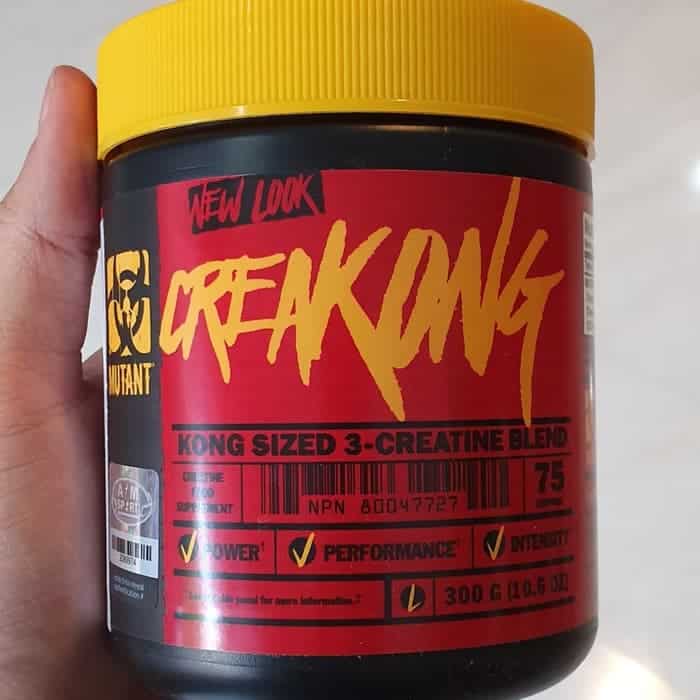Follow These 5 Steps To Bring Up Your Lagging Muscle Group
You’re having the perfect workout, you’re all pumped up and your biceps have turned into mountains, but then you look at your toothpick legs and its all over. It is a common issue amongst gym goers, having some part of their body that is not symmetrical or is not proportionate to the rest. Most people have a lagging body part which can create a hole in their self-confidence, and overall having a proportionate physique is a sign of a complete physique.
There could be a couple of reasons behind the lagging body part. It could either be your genetics or you’re not training the muscle group correctly. A lagging body part needs to be treated differently as compared to the other muscles.
How to Bring Up Lagging Body Parts
1. Start Your Workouts With The Weaker Muscle Group
Humans have unique genetics and they determine the muscle composition of an individual. Although the most common weak muscle groups are forearms, biceps, calves, and triceps, it may vary for every person. For example, some people may have weird lat insertions, so their back is a lagging body part.
If you train your lagging muscle group with a stronger muscle group, you should train the weaker muscle at the beginning of your workout. If you have weak calves and stronger upper legs, you should train your calves before you train your quads and hams. This is because by the end of the workout you will more than likely be fatigued and not have the energy to devote the intensity to the lagging body part, which will leave it lagging behind.
2. Use Advanced Training Techniques
A big reason why you might not be seeing results in the gym could be because your body has got used to your training. That being said, in the words of 7x Mr. Olympia champion, Arnold Schwarzenegger, you have to “shock the muscle”. You should constantly change your training programs and use advanced training techniques to break the plateau.
Advanced training techniques like supersets, drop sets, negatives, intraset stretching, etc. are a great way to pump blood into your weaker muscles and shock them. Try switching these advanced training techniques with every workout for optimal results.
Aside from incorporating drop sets and different methods like that you can also switch up the volume and intensity. Most people make the mistake of sticking to the same volume and intensity for all their workouts. While 3 sets of 12 reps with light to moderate weight might work for other muscle groups, they won’t budge the needle for your weaker muscles. That being said, you need to kick up the volume and intensity when it comes to your training if you want to see gains.
Volume refers to how many reps or sets are performed, and intensity indicates how much weight is lifted. Switch your volume and intensity at regular intervals to keep your muscles guessing. The combinations of high reps, low weight and low weight, high reps work the best for lagging muscles. You can also take sets to muscular failure.
3. Train The Lagging Muscle Group More Frequently
If you’re not seeing results you should start training your weak muscles a bit more frequently. Now this does not mean go out of your way and hit the muscle group every single day, as there are only a few muscles you can do that with, but maybe train a lagging muscle group two or three times a week. This will help to provide an adequate stimulus to the muscle group you are intending to target. You don’t need to worry about overtraining your muscles if you give your body enough time to recover between the workouts.
Schedule your workouts so you have at least 48 hours before you hit the same muscle again. Keep your workouts short and explosive. You should be spending around 45-60 minutes inside the gym when you are resistance training, not more than this.
4. Recovery and Supplementation
When it comes to fixing a lagging muscle group, recovery is huge as this is where you grow and progress, and supplementation will help you make that progression. Some key supplements to help with your recovery and progression on a lagging body part are protein powder, branched chain amino acids (BCAAs), and of course, creatine. Creatine is huge when it comes to growing your muscles. One of our favorite creatine supplements is MUTANT CreaKONG.
TOP 3 CREATINES that help build muscle, strength, size and power! Creatine is the #1 muscle building supplement of all time. Mutant Creakong combines the top 3 Creatines from the leading Creatine sources!
When it comes to a quality supplement, MUTANT CreaKONG is an advanced creatine supplement that has been formulated to maximize your gains! Each serving contains three of the most cutting-edge forms of creatine commercially available and has been lab tested to ensure 100% purity in every bottle. That being said, this supplement is absolutely perfect for recovering and growing a lagging muscle group.
Check out the full review for CreaKONG here.
5. Establish a Mind-Muscle Connection
Bodybuilding isn’t about going through the motions, you can’t just stand there and do your sets and expect growth at the end. You need to actually focus on your muscles and contract them with every single rep. Arnold Schwarzenegger is actually the one who brought the mind-muscle connection to the limelight, the man truly has pioneered the sport of bodybuilding.
The Governator believes you need to become the muscle to see the best results, really focus on what you are doing and make it work. If you’re training your biceps, focus all your attention on the bicep and squeeze the living hell out of it at the top of the movement. Arnie is famous for thinking of his biceps as mountains.
Lagging Body Part Wrap Up
Overall, when it comes to fixing a lagging body part, there is a lot more that goes into it than just training it a bit more. You have to take into consideration your training style, recovery methods, and so on.
Which is your weakest muscle group? Let us know in the comments below. Also, be sure to follow Generation Iron on Facebook and Twitter.











